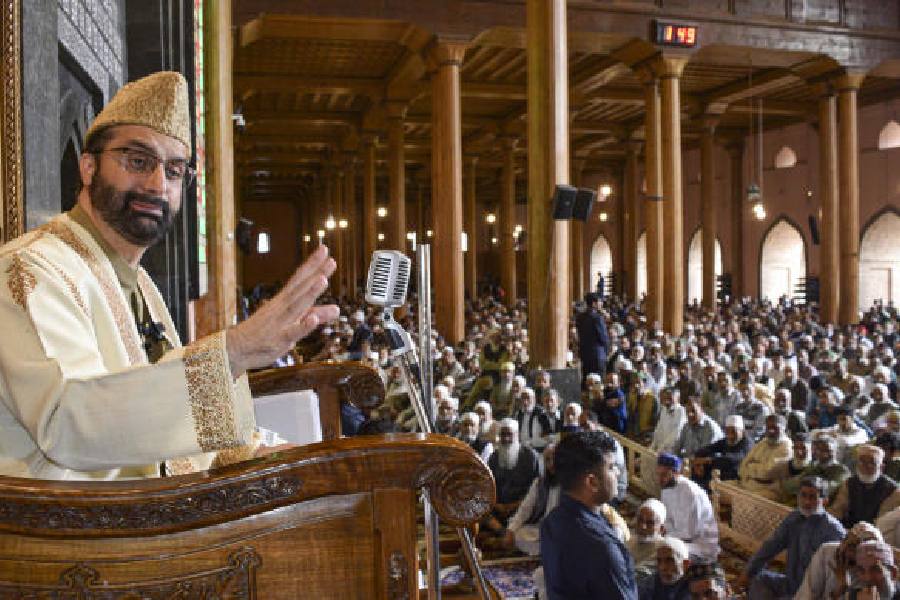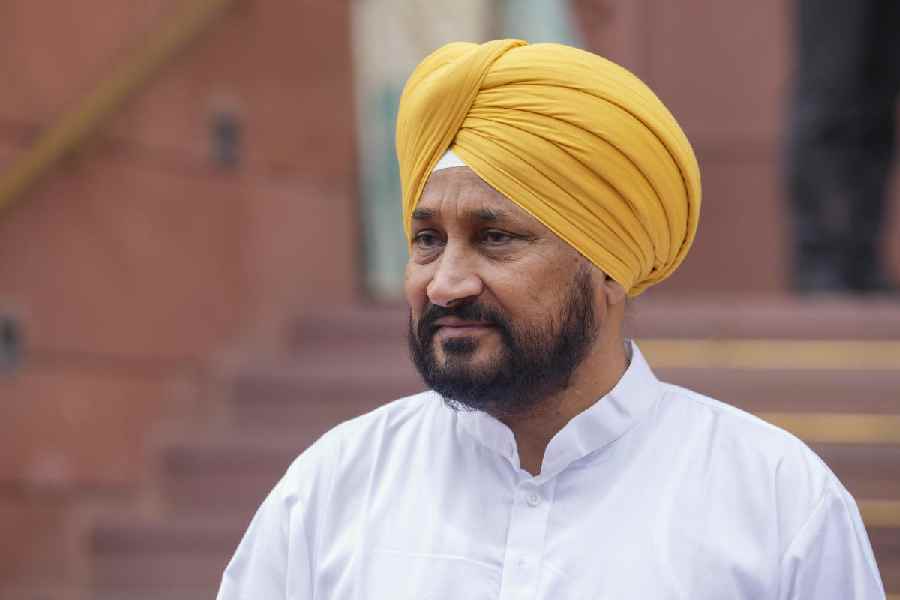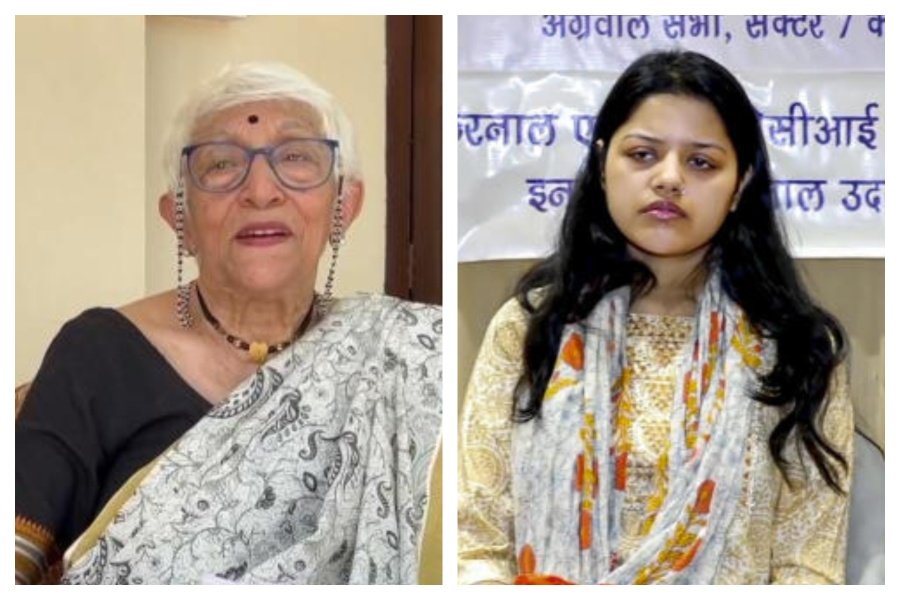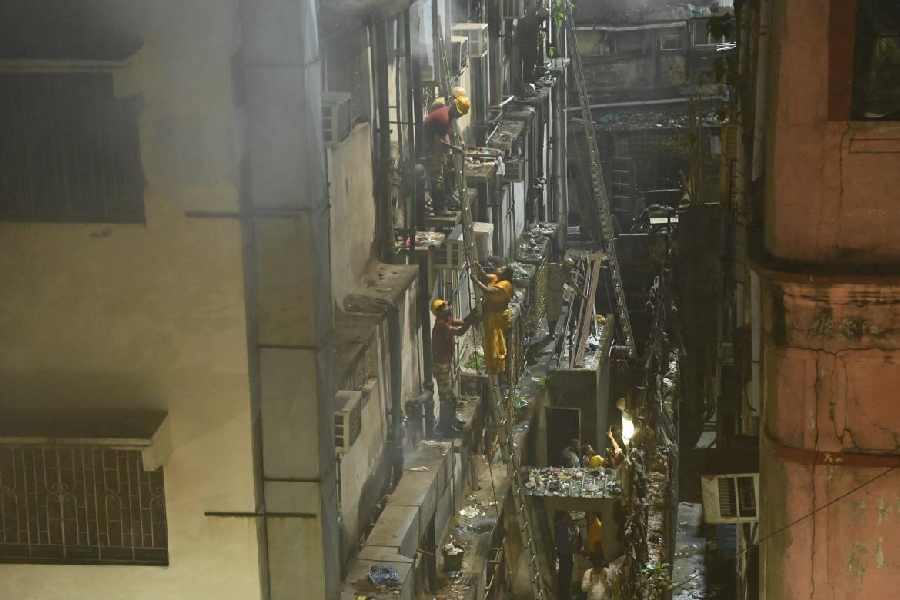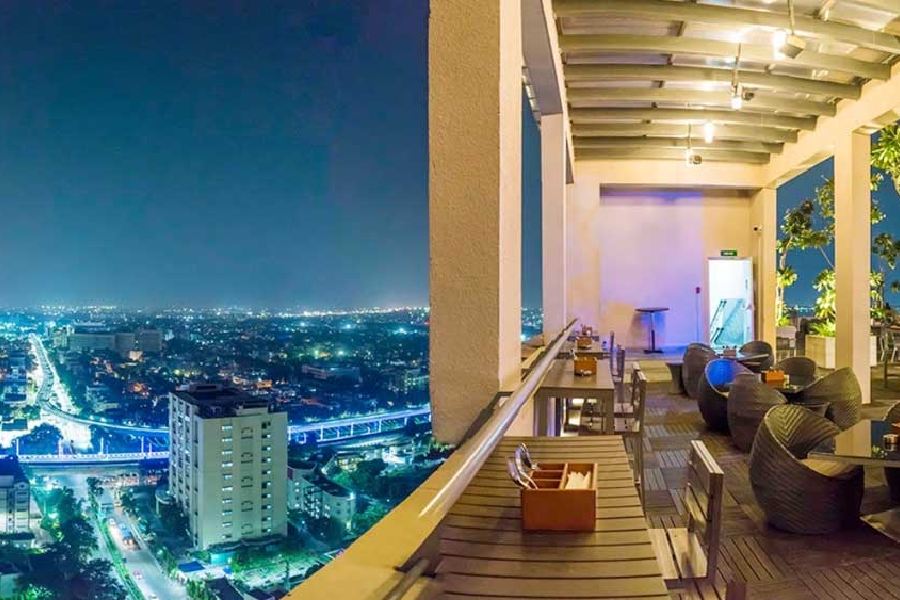Calcutta: A proposal to building a powerful synchrotron under the supervision of the Saha Institute of Nuclear Physics (SINP), back-burned six years ago over questions of funding and size of the user base, has been revived.
A three-day conference on building the synchrotron was held at SINP in Salt Lake last month. The conference was attended by Sekhar Basu, chairman of the Atomic Energy Commission; Srikumar Banerjee, former chairman of the commission; and Milon Sanyal, a former director of SINP.
A synchrotron, of the size of a cricket field, is a circular electron accelerator that provides intense light of brightness more than a million times that of the Sun and concentrated in a nanometer-sized beam.
Originally constructed for fundamental research, synchrotron has proved to be a valuable tool for studies in industrial applications, ranging from development of solar cells to aircraft wings as well as discovery of drugs.
India currently has two synchrotrons - Indus and Indus I. Both are in the Raja Ramanna Centre for Advanced Technology in Indore.
The proposed synchrotron, to be built by the SINP, will be more powerful that the two.
In 2010, when the proposal to set up the synchrotron was mooted, the cost was estimated at Rs 6,000 crore. The authorities now want to start the project with an initial investment of Rs 300 crore over three years.
"We will build a section of the prototype of the synchrotron. We will take statutory clearances for land and seismic and environmental clearances. In the second phase, when the land will be made ready, there will be a further investment of Rs 2,000 crore over five years. In the third phase, when the machine is made operational with small experiments happening, we can go in for international funding," said Sanyal.
"The proposed synchrotron was ideated in 2010 as a state-of-the-art facility but was put on the back-burner because of funding. We did not know how to invest in such a project. There are several ways to fund the project. We have decided to start in a small way and proceed step by step," said Basu.
In 2011, the state government had allocated a plot near Kalyani for the project.


